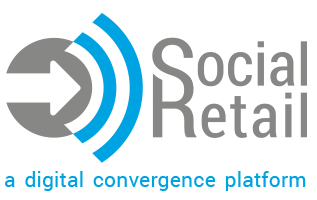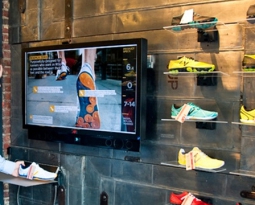While pursuing technology solutions to simplify their business practices and enhance the customer experience, many brands across the world are inundated by the sheer amount of choices.
In fact, a small business survey by printing equipment provider Brother International found that 63 percent of business owners feel overwhelmed when they begin research about adopting new technologies. Yet, 72 percent of these businesses felt that the ROI on new technology created more value than hiring new employees.
Clearly, brands understand the importance of technology adoption, but do not have a precise mental roadmap to help them navigate the decision-making process. Here are some considerations that every business can make to narrow down their choices and objectively assess which technologies would work best for them.
Define Needs, Goals and Expectations
The first step is to recognize that there is no one “right” software for any business. Competing products exist because each one typically has a separate value proposition and feature set that targets a different market sector.
Brands should adopt technology that provides a solution to a problem they have and achieves this problem solving in a measurable way. Making a list of business points that need remedying and expectations for how those remedies will manifest themselves can help narrow down options from the beginning.
Some brands may discover in this process that the software market leaders have too many features they will never use, or they may discover that no one product includes all the features they wanted. This revelation can help them pursue companies that offer tailored solutions, including products with ongoing development cycles and feature updates. Software-as-a-service (SaaS) products can also allow businesses to purchase only the services they will use and enjoy new features instantly as the products automatically update.
Any solution the company settles on should also offer rich data feeds and a simple way to view analytics relating to the data. Products such as these can measure return on investment while also providing precision-control over their use to leverage KPI changes.
Emphasize Scalability
One of the first criteria on a business’s mind when investing in technology is price. Expensive products have a riskier ROI, after all.
The only flaw with this approach is that price is not nearly as important as value over time. Every business should hope to grow through the use of technology. Products that can grow with the business will provide better ROI over time than a “cheap” solution that ends up being outmoded after only a brief period of time.
Any product a business chooses must be able to provide scalable platforms that can intake larger amounts of data sets over time without the need to buy new equipment or reinstall bucket loads of software.
Cloud-based SaaS products once again edge out other alternatives in this department. Server-side tasks are all taken care of remotely without the need for the client to buy new equipment, and new features can be introduced to “future proof” the client against software that would otherwise quickly become obsolete. Products such as these can offer increasing value over time as customer bases expand and integration becomes more sophisticated.
Ease of Use
Obviously, a technology solution is not a “solution” at all if it only introduces more problems. Software should be easily integrated into current practices, including both brand culture and aspects like POS systems.
A product that can provide multiple solutions at once with a simple-to-use dashboard interface will allow employees to ease into the transition process and enjoy effortless navigation as time goes on. Helpful tech support is also a must since most staff will likely be unable to problem solve with their resources alone.
Digital Social Retail provides a glowing example of a SaaS package in an easy-to-use integrated platform. Brands can manage messages customers receive through in-store media displays, online social media interactions, beacon messaging and even customer loyalty programs for a cohesive and consistent customer experience. All of these features can be managed at once from an integrated dashboard for a 10,000 foot view of all the interactions customers receive. Every feature is supported by real-time data that provides actionable metrics for assessing factors like ROI and conversions.
Brands looking for technology solutions should seek products that follow the leading-edge model that Social Retail sets out. Visit our product page to find out more about why we are industry leaders, and why our model can be the standard for other solutions you adopt.









